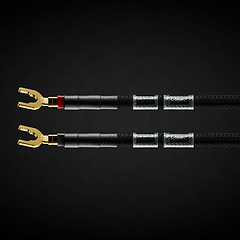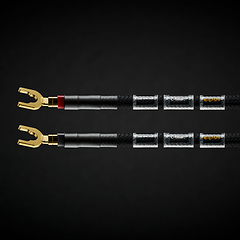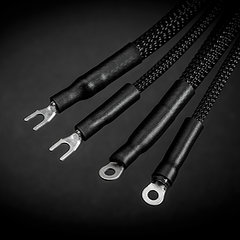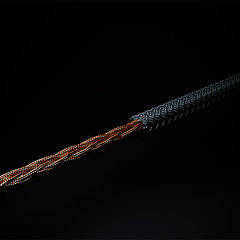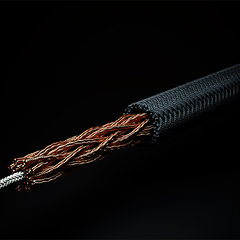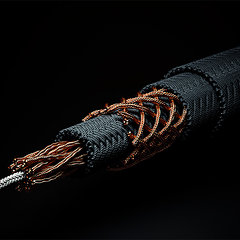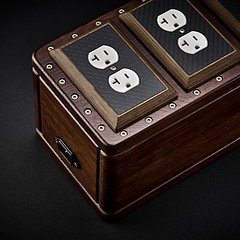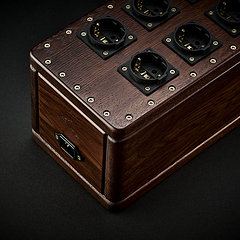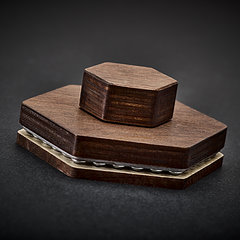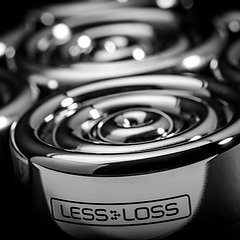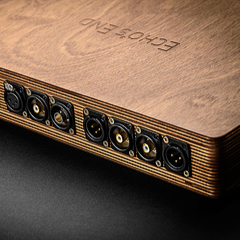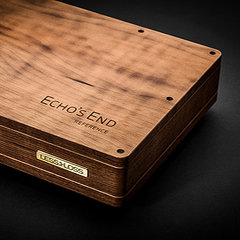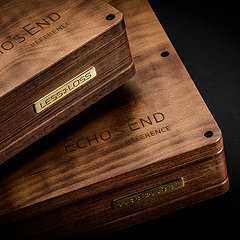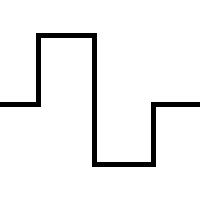Digititis ExplainedDAC 2004 :: Myths and Misconceptions about CD Players and DACs.(Please make sure you are acquainted with the term Jitter in the context of CD transports. For beginners, we recommend the Stereophile article entitled A Transport of Delight: CD Transport Jitter written by Robert Harley in 1993.) In the 80’s, people spoke of experiencing "no air" and "aggression" while listening to digital recordings. Today we understand the principles which are fundamental to this phenomenon, we name it Jitter, we test it, calculate it and dress it with numbers, systemize it and describe it entirely. Jitter has always been and still is the worst enemy of the digital audio format. And today it is fully understood. Jitter can only cause loss in audio quality at the A/D and D/A conversion process. Nowhere else is Jitter of any significance to the quality of digital audio. If no digital volume control or processing is present, all digital sources have the same digital information coming out of the digital output. To appreciate the truth of this, we suggest reading this fine article by Professor Kelin J. Kuhn (right-click and 'save as' onto your computer). For those not mathematically inclined, the problem of Jitter in digital audio conversion can be understood when you think about Fourier synthesis of a square wave. A square wave is made up of an infinite number of harmonics. So, to generate and to transport something even close to a square wave running at 33.8688 MHz, you need to have completely controlled electromagnetic circumstances well up into the multi-Gigahertz region (and theoretically even up to infinity). It may be argued that timing Jitter is born of the very noise inherent in any electromagnetic space, and this includes a complete vacuum just as it includes a brick and mortar wall. Fact: Digital audio data is 'just' 0's and 1's. There may be many formats (.wav, .aif, CD-audio) but the information is still digital. There is no loss during format conversion, provided the formats don't utilize compression. Fact: Copying CD's (if they aren't damaged physically) is a lossless procedure. You can extract CD-audio with your computer and generate a file on your hard disk. Compare this file with the file created when you extract the same audio using a $30,000 player, the resulting two files are identical. This is proven by countless mathematical experiments and by HEX comparison programs. The question which naturally arises out of this paradox is: why does the $30,000 player sound better? At the Digital Out of a $100 CD-player we have the same 1's and 0's as we do in the $30,000 player. The only difference is in the Jitter content. The presence of Jitter means that the data (the 1's and the 0's) is not perfectly time-aligned, but is transmitted either slightly earlier or later than it should be in the ideal case. However, this time flaw is not as great as to cause a digital error (data fallout). But to our analogue ears, this translates into the harsh distortion we call "that digital sound." Jitter is not a digital error. Now if you know that, then you must ask: so how does the expensive CD-transport justify its price? Ah, Jitter. The cheap ones shake and the expensive ones don't. Well, that's partly true. The entire audio business of CD transports and DACs is built on the totally backward setup of the CD player containing the Master Clock and the DAC being the Slave. This results in an entire pallette of innovations and experiments to lessen Jitter, starting from air drives to expensive digital cable technologies with complex math to reduce line-induced Jitter, to very carefully filtered power supplies, to all sorts of other things when striving to achieve the least possible Jitter. So we have the worst possible digital scenario resulting in the worst possible starting point to achieve jitterless signal transfer, because it is impossible to annihilate Jitter when the CD player is the Master Clock. If you're looking for quality, this is stupid, to say the least! The whole setup should be different.As is the standard case in any pro-audio studio, it is always the converting device, the DAC, which contains the Master Clock. The clock is located right next to the converter chips. That way, no added line induced Jitter can possibly appear. This same clock signal is then taken from the DAC device and is used as the clock input of the digital signal source device, such as the computer, the DAT player, or the CD player. True, in that setup, the CD player is receiving a more jittered clock than the DAC is, but that doesn't matter, because the DAC is the one doing the analogue audio playing which we hear. When the Jittered audio signal arrives at the DAC, it is reclocked and synchronously quantized into place temporally and is played, in perfect synchronization with the original clock oscillator, which is right next to it. But oh! In that case, you can use a $30 CD-player and still get a better sound than you'd be getting if you spent $30,000 on the best transport and digital cable! Yes, this is the plain truth about CD players and DACs. Their Master/Slave relationship is backwards and their prices therefore have become high due to design flaws regarding jitter avoidance. Another aspect which is often completely misunderstood is that all laser reading mechanisms are digitally perfect, even if they cost but $30. They all have Jitter when the information comes off of the CD. But the information is always there, and it is always correct (unless of course there are big scratches or holes in the CD). Digitally, a $30 mass-produced CD-Rom at 52x does exactly the same job in a few minutes as a $30,000 transport does in real-time. If you don't believe this, then all you need to do is digitally record your favorite tune from a $100 CD player into your computer (provided you have a soundcard and software that doesn't add yet more lies into the equation, which is often the case, so beware!) Then borrow the most expensive CD transport you can get your hands on and repeat the experiment. The resulting soundfiles aren't just similar, they are identical! This is not a theory. This is proven by much experimentation and mathematics. But the $30,000 player does indeed sound better! How do you get a $30 player to sound the same? The first and most important step is to slave the transport to a DAC which is the Digital Master. That's it. This simple step alone is worth half the price of a $30,000 transport. |
- Products
- Power Cables
-
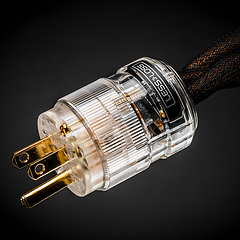 C-MARC™ Prime
The must have foundation for any sound system today.
From
$
486
C-MARC™ Prime
The must have foundation for any sound system today.
From
$
486
-
 C-MARC™ Classic
The unique super-cable power cord everyone's talking about.
From
$
1148
C-MARC™ Classic
The unique super-cable power cord everyone's talking about.
From
$
1148
-
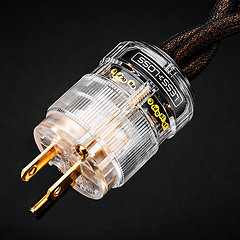 C-MARC™ Classic Entropic Process
The peerless, advanced Classic masterpiece.
From
$
1934
C-MARC™ Classic Entropic Process
The peerless, advanced Classic masterpiece.
From
$
1934
-
 C-MARC™ Stellar Entropic Process
The crown jewel for highest performance power connection.
From
$
2450
C-MARC™ Stellar Entropic Process
The crown jewel for highest performance power connection.
From
$
2450
-
- Loudspeaker Cables
- Interconnect Cables
-
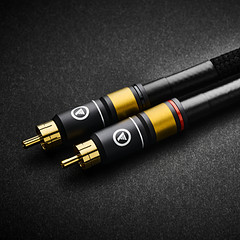 RCA C-MARC™
Cotton-clad true Litz • Whopping 2.3mm2 polarities
From
$
850
RCA C-MARC™
Cotton-clad true Litz • Whopping 2.3mm2 polarities
From
$
850
-
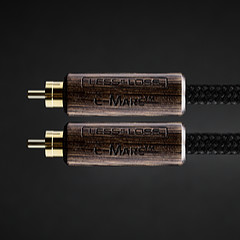 RCA C-MARC™ Entropic Process
Our finest RCA cable • Polished Wenge barrels
From
$
1428
RCA C-MARC™ Entropic Process
Our finest RCA cable • Polished Wenge barrels
From
$
1428
-
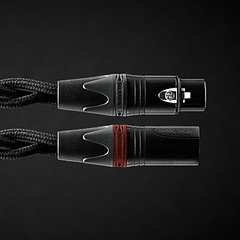 XLR C-MARC™
A hand-braided cotton-clad unique Litz construction
From
$
950
XLR C-MARC™
A hand-braided cotton-clad unique Litz construction
From
$
950
-
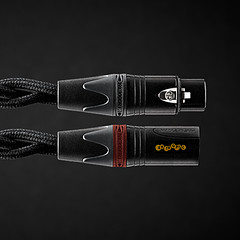 XLR C-MARC™ Entropic Process
Stratospheric performance for the audio connoisseur
From
$
1615
XLR C-MARC™ Entropic Process
Stratospheric performance for the audio connoisseur
From
$
1615
-
- Digital Cables
-
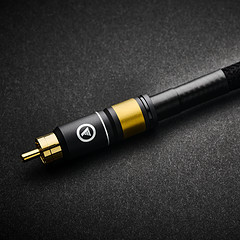 RCA Digital C-MARC™
Cotton-clad unique Litz design • Made only by LessLoss
From
$
510
RCA Digital C-MARC™
Cotton-clad unique Litz design • Made only by LessLoss
From
$
510
-
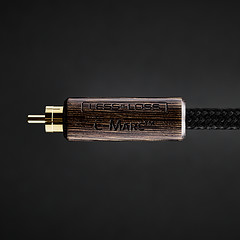 RCA Digital C-MARC™ Entropic Process
Possibly the most subtle digital cable on the planet
From
$
858
RCA Digital C-MARC™ Entropic Process
Possibly the most subtle digital cable on the planet
From
$
858
-
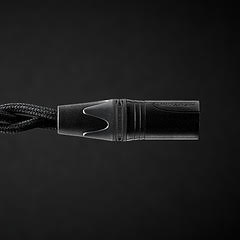 XLR Digital C-MARC™
Featuring a whopping 3 x 2.3mm2 Litz construction
From
$
570
XLR Digital C-MARC™
Featuring a whopping 3 x 2.3mm2 Litz construction
From
$
570
-
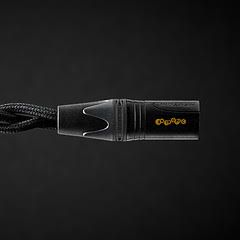 XLR Digital C-MARC™ Entropic Process
Stratospheric performance for the audio connoisseur
From
$
969
XLR Digital C-MARC™ Entropic Process
Stratospheric performance for the audio connoisseur
From
$
969
-
- Grounding Cables
- Bulk Wire and Cable
- Signal Conditioners
-
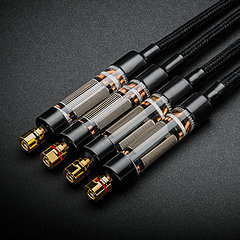 Firewall for Loudspeakers
Firewall for Loudspeakers
C-MARC™ Plug-and-Play Speaker signal conditioning like you've never imagined From $ 1656 -
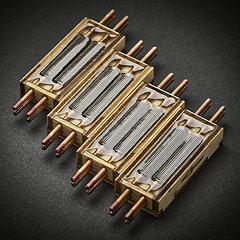 Firewall for Loudspeakers
Firewall for Loudspeakers
DIY version for Self-Installation For the Do-It-Yourself project enthusiast • Solder yourself From $ 800 -
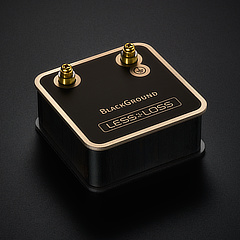 BlackGround DIY
Voltage-ground interface for a variety of applications
From
$
446
BlackGround DIY
Voltage-ground interface for a variety of applications
From
$
446
-
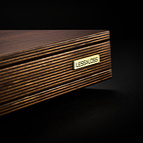 BlackGround 8x/10x Speaker Base
Plug-and-play loudspeaker signal conditioner
From
$
3096
BlackGround 8x/10x Speaker Base
Plug-and-play loudspeaker signal conditioner
From
$
3096
-
- Power Conditioners
-
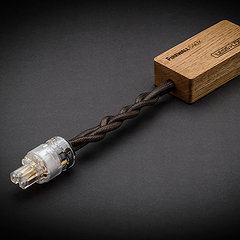 Firewall 640x
Plug-and-play solution for any powered gear
Firewall 640x
Plug-and-play solution for any powered gear
C-MARC™ Entropic Process and standard lead versions From $ 654 -
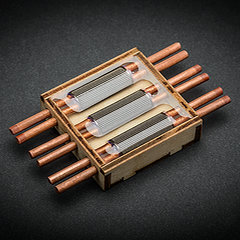 Firewall 640x DIY for Self-Installation
Self-solder and save!
From
$
320
Firewall 640x DIY for Self-Installation
Self-solder and save!
From
$
320
-
 BlackGround DIY
Voltage-ground interface for a variety of applications
From
$
446
BlackGround DIY
Voltage-ground interface for a variety of applications
From
$
446
-
 BlackGround 6x/10x Power Base
Plug-and-play power conditioner
From
$
2350
BlackGround 6x/10x Power Base
Plug-and-play power conditioner
From
$
2350
-
- Power Distributors
- Equipment Feet
- Field Conditioner
- DACs
- Power Cables
- Reviews
- This is definitely the cable to go for. It will almost literally blow your mind. – March 2012, Puresound Magazine
-
I was intrigued by the unanimously positive reviews garnered by these products ...
– by user Raymond Eye
Leaves you speechless
Sensational cables
BEST purchase I've made
Top notch performance
It's a steal
Musical... liquid... 3D
It's not subtle
More than an upgrade
Best I've heard so far
Stellar service
Sounds like a new system
Much more lifelike
Emotional flow
Overwhelming results
More dimensional
Sound is transformative
We were all astounded
Transformed my listening
Sounds so cohesive
Emotionally engaging
- Where to Start
- Free Newsletter
- Newsletter Archive
- B-Stock Alerts
- Shopping Tools
-
Shipping
- Free Shipping Learn about our international shipping policy
-
Return Options
Our satisfaction guarantee
and return policy -
Customs
UPS expedites local
customs clearance
-
Transaction
- Conditions of Sale Agreement for a smooth business transaction
- Privacy Policy We pledge to keep your information private
-
Terms of Use
Business policies
and agreements
-
Account
-
- Contact Us
-
Meet the Designers
-
- Care to share of your personal experience with our products? We'd be happy to post it!
- Want to learn more about our activities? Our Newsletter is both free and spam-free.
hi-res photos, brochures
logos, press releases, and
print-friendly PDF downloads. -
Contact Us
Connect with Us
-
